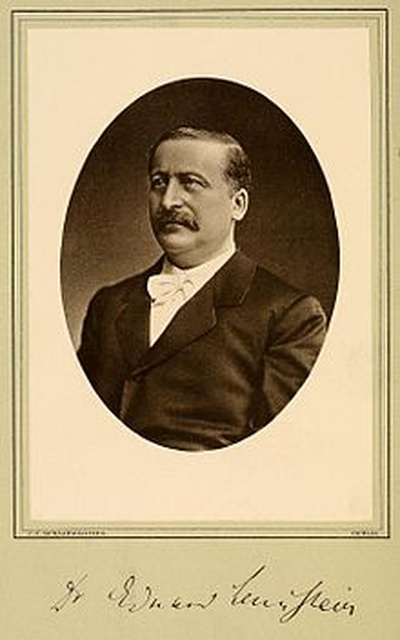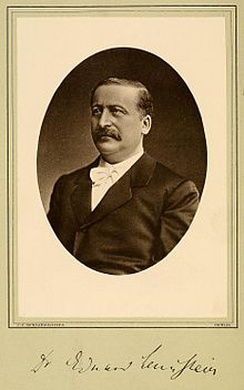
Dr. Eduard Levinstein, a German physician, produces the first accurate and comprehensive description of addiction to morphine, including the withdrawal syndrome and relapse, and argued that craving for morphine was a physiological response.
Developments in the 19th century transformed the practice of medicine related to pain management. Physicians sought to help patients through the use of new opioid drugs and new ways of administering them. At the same time, there was growing recognition that these drugs can lead to devastating consequences for individuals and for society at large. Levinstein was not simply warning his colleagues about the unpleasant side effects of a new drug therapy; he was seeking to describe what he saw as a new disease.
He makes no attempt to trace the history of morphine or its medical importance. His interest was to examine the process of morphine addiction and, if possible, discover how to deal with it. He distinguishes two classes of symptoms of morphine addiction: those related to morphine poisoning and those related to withdrawal. Within these categories, Levinstein offers many case studies with the implication that these are from his files and observations. The causes of addiction in the cases he discusses vary: many patients had suffered severe injuries or diseases for which morphine was originally prescribed as a painkiller.
Levinstein’s short work is a fascinating look at an emerging view of addiction and its consequences.
Source: Parssinen, T.M. & Kerner, K. (1980). Medical History 24(3) 275-296.
| Drugs: | Opium (morphine, heroin, opioids) |
|---|---|
| Regions: | Europe, Germany |
| Topics: | Health and social problems, Medicinal use of drugs |

